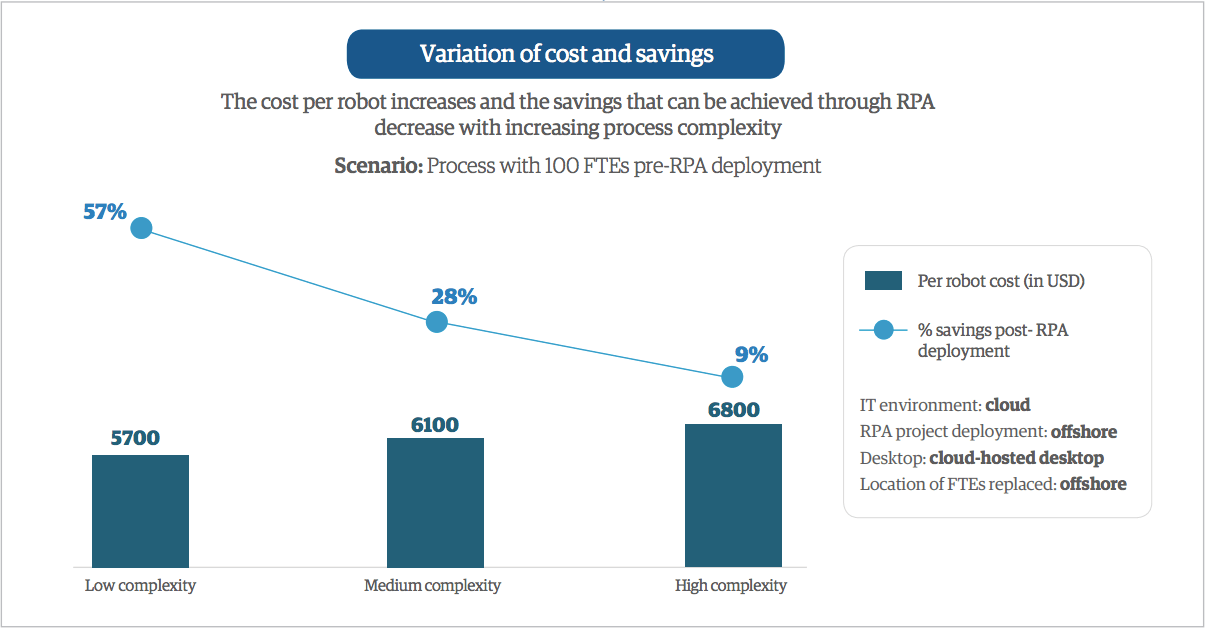Automation adoption is set to accelerate in coming months, but businesses will repeat the same mistakes of recent years if they go for quick-fix solutions without firm use cases.
Robotic process automation (RPA) has been at the centre of this challenge, so often hyped in recent years but failing to live up to long-term promises. In an EY survey of businesses preparing for a post-COVID world, 41% of respondents said they were investing in accelerating automation.
Lack of firm use cases has hindered automation success
In 2019 research by ABBYY, 28% of those not using RPA said they “wouldn’t know what to do with it”. The reality is that most organisations considering RPA don’t have a firm use case or pain they are looking to resolve.
“RPA hype has driven the notion of ‘we need to have it because everyone’s telling us we should,’ rather than looking to address a specific pain or problem,” said Chris Ellis of Nintex, a process management and workflow automation platform.
Despite this foggy thinking, executives have often been guilty of expecting fast and game-changing results, without end-to-end process design. This phenomenon was reported in the popular Forbes article The Big RPA Bubble, which described how RPA elicits “unrealistic expectations” from investors.
They have hit ‘the complexity hurdle’ (see graph below) – wherein savings decrease as processes become more complex. Having opted for cheap but high-volume process automation – essentially quantity over quality – they have made glaring omissions in their automation workflows. Over time, the number of complex processes outside of RPA’s narrow remit has increased, leading to what is known as a ‘long tail’ buildup of high-value cases that RPA cannot deal with.
Back in 2017, Gartner predicted that by 2020 RPA would eliminate 20% of non-value-added tasks within the office of finance. The key term here? “Non-value-added”. The most popular RPA use cases in finance today – like processing invoices or flagging potential fraud – all leave behind value-added outliers that require more intelligent solutions.

Read Rainbird COO James Loft’s piece on the limitations of linear automation for more on the ‘long tail’ buildup problem.
End-to-end integration is the future of RPA
Financial firms have learned the hard way that singular tools cannot break the trend of failed piecemeal projects and deliver real transformation. According to KPMG, nine out of ten enterprise adopters have failed to get past piecemeal projects and pilots to achieve proper scale.
A new method has emerged from these failings: integrated automation initiatives, with the potential to scale across business functions and defer higher-value work to humans. Gartner just named hyperautomation – end-to-end automation accomplished by harnessing the power of multiple technologies – as its number one strategic technology trend for 2020.
Low-hanging fruits have already been harvested using pure RPA – repetitive, rule-based processes with high volumes and big time-saving potential. Future automation will need to do more than this, incorporating all aspects of the broad automation spectrum (from background workflow automation to human-machine handovers). This will enable businesses to automate the more complex processes that have been neglected, and have too often required manual intervention.
Manual intervention should be reserved for the most complex of cases – the ones which really allow people to shine. End-to-end processes, designed to integrate complementary technologies and appropriate instances of human input, are how businesses can achieve this. “By 2024, organizations will lower operational costs by 30% by combining hyperautomation technologies with redesigned operational processes,” according to Gartner.
Accenture has found that when clients use RPA effectively – i.e alongside other tools and humans in ways that augment their work – average handling times are reduced by up to 40% and processing costs can be up to 80% lower. We’ve seen the results in our own work, too: we achieved 65% lower processing costs and 85% automation of fraud cases for a major credit card company, through the integration of intelligent automation with RPA.
For all of the media and industry hype around automation, the majority of high-value intelligence in today’s “intelligent process automation” is being provided by the people that work alongside the automation scenarios. This won’t change for some time. When it comes to the top bracket of cases, humans still trump machines. End-to-end processes that allow human input to be the value-adding difference – rather than being forced to mop up the cases that automation couldn’t complete – will ultimately have the most long-term success.
